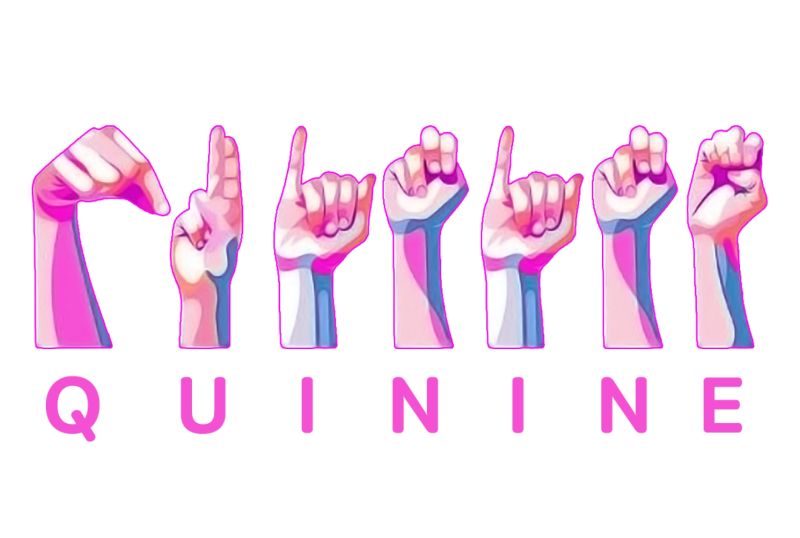Communicating in your Client's Language
The following article is based on a presentation given at ‘Talking Creative: Communicating Design Better’, a seminar hosted by the Design Business Association.
A vital and often overlooked aspect of the designer's job is how we communicate that vision to clients, collaborators and suppliers. Poor communication means many great ideas don’t make it beyond the drawing board. If clients don’t buy into the idea to start with, it just won’t happen and the (potentially) best experiential retailers fall by the wayside.
How, when and where you communicate your idea can all influence the outcome and need to be considered carefully. You need to put yourself in the client’s shoes and mull over a whole host of questions.

How, when and where?
First think about your medium … what would work better, for example, 3D renderings or a virtual reality headset? Is it enough for your client to see static drawings, or important that they have a more immersive 360° experience? How should you physically deliver your presentation? Send it by email, arrange a Skype, or go through it face to face?
Is it best to approach your client at the start or the end of the week? Would a Tuesday work better than a Thursday? What time of day are they likely to be most receptive? And where’s the best place to reveal all? At your studio, at a relevant, dramatic landmark, in a field … or in a lift? At Quinine, we took some time out to define some key principles for communicating with clients effectively.

Small things, big impression
First of all, the devil is in the detail. Everything counts and even small things can make an impression — good or bad. Body language, the way you dress, ordering drinks, modes of transport, note taking, IT equipment … all of these send out signals and are forms of unspoken communication.
Who is your client? What sector do they operate in? Could they become one of the best experiential retailers out there? Are there certain behaviours they would frown upon? Are there certain things you could do that might impress them… like taking your Brompton bicycle to a business development meeting with Nest?
Do you take the call?
Next, you need to be strategic in how you use your communications. Think quality over quantity. You don’t want to over-service clients and be in their faces all the time. In fact, a certain elusiveness can make you seem more valuable. Do you take the 5pm Friday call from your client? Pick up and you come across as keen and willing. Don’t pick up and you seem in control and in demand.

Bear the context in mind
The way you communicate should evolve throughout the course of the design process. At concept stage, you can afford to be more open-ended and exploratory. However, when you get to the nuts and bolts of manufacturing, it’s more about specifics and reassuring the client. Drip feed information as and when it’s needed, rather than dumping everything at once, which can be overwhelming. Remember, context is all.
If you make a mistake, don’t make excuses or pass the buck … own it. Everyone makes mistakes. It’s how you react to those mistakes that matters.
It’s also important to know your audience and address it in the right way. Suppliers and contractors need detail to do their jobs properly and accurately. But for senior management, broader brush strokes are more appropriate. They just need to ‘get it’ quickly, without getting bogged down in the fine print. Don’t assume they speak the same language, either. Spell things out clearly and never use acronyms — they can mean different things in different countries, and cause confusion at the best of times.

Develop a common language
You want your client to evolve into one of the best experiential retailers. So, communicating well not only helps a project to run smoothly, but also builds your credibility as a designer. Make sure you get the basics right. Sloppy spelling, grammar and punctuation don’t play well. Presentations should be perfect — well thought through and compelling. Always get someone else to review your presentation before showing it to the client. Print it out and read it through, this change of pace will help you see your work differently. Success is when your clients start using your words in their presentations.
In the end, your job is to help your client understand design. They help you to understand their business, so it’s a two-way street. Good communication helps minimise risk, and gives context and colour to your ideas. Once you’ve developed a common language between the client and the agency, you’ve cracked it.
References and other readings:
'Dear Client: This Book Will Teach You How to Get What You Want from Creative People' by Bonnie Siegler
Bonnie’s rules for being a better client on Seth Godin's blog.






